What's up: It's time to move your body!

In last month’s What’s Up Student Column, members of the EUSA Student Commission shared with us some ideas on how to stay active in the time of COVID-19. As a large part of the world is currently on lockdown once again, this month we have prepared an example of training for you as an upgrade to the previous article, which everyone can do at home to maintain overall strength, without the need for special equipment.
Before each workout, it is good to warm up first, and if you do not have the option of a 10-minute run, a warm-up can be performed in the shelter of your own home by focusing on all the parts of the body that we will cover in the workout. We start with a circular motion of the ankles, hips, the shoulder girdle, and to this we then add the forward bend and the back bend. We have now informed the body that physical activity follows. Now it's time to raise the temperature!
Get ready for body activation:
Jumping jacks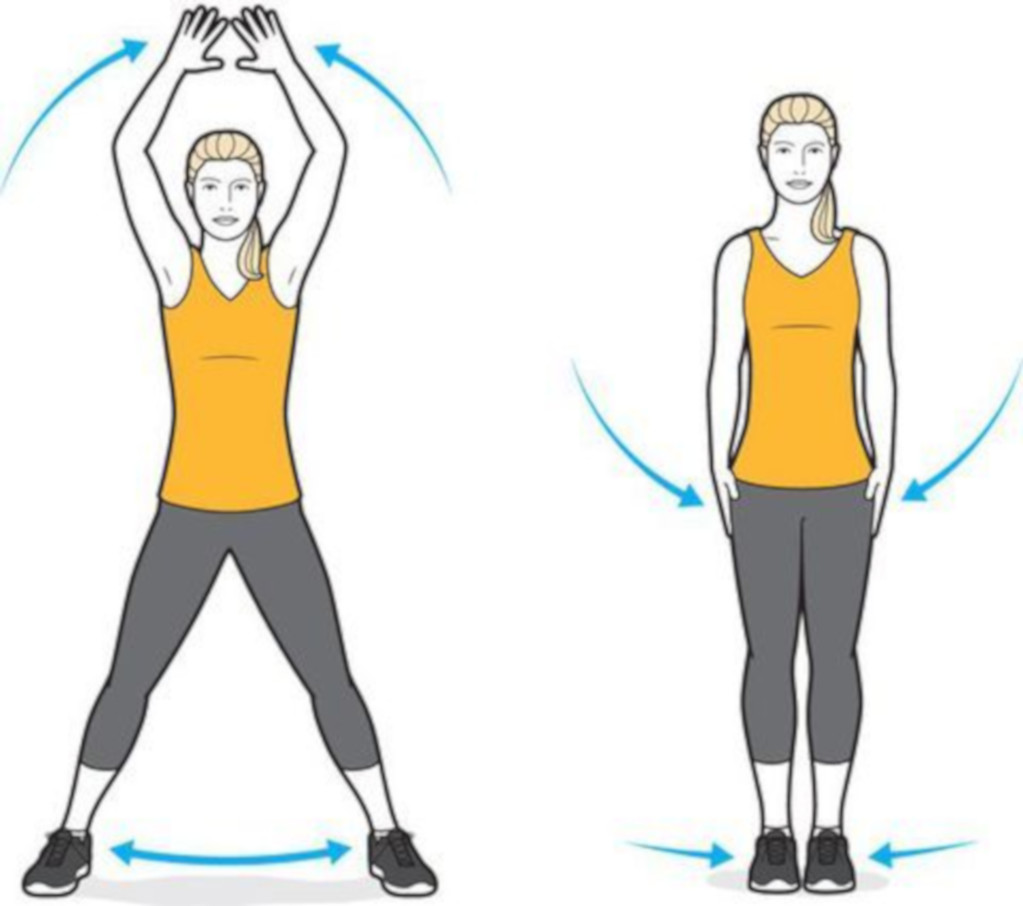
Mountain climbers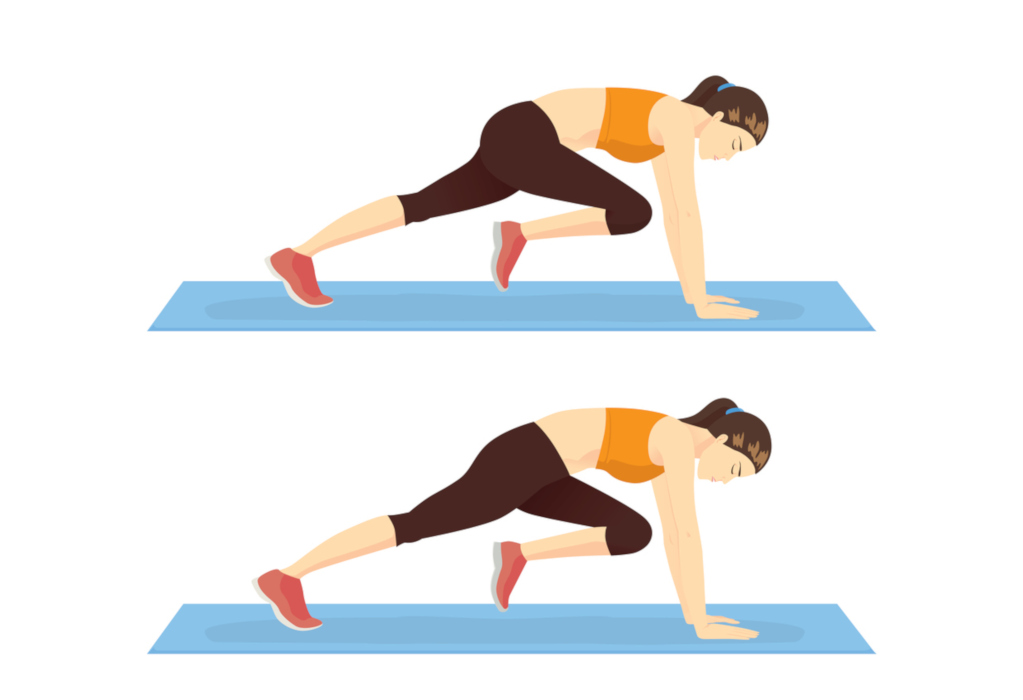
High knees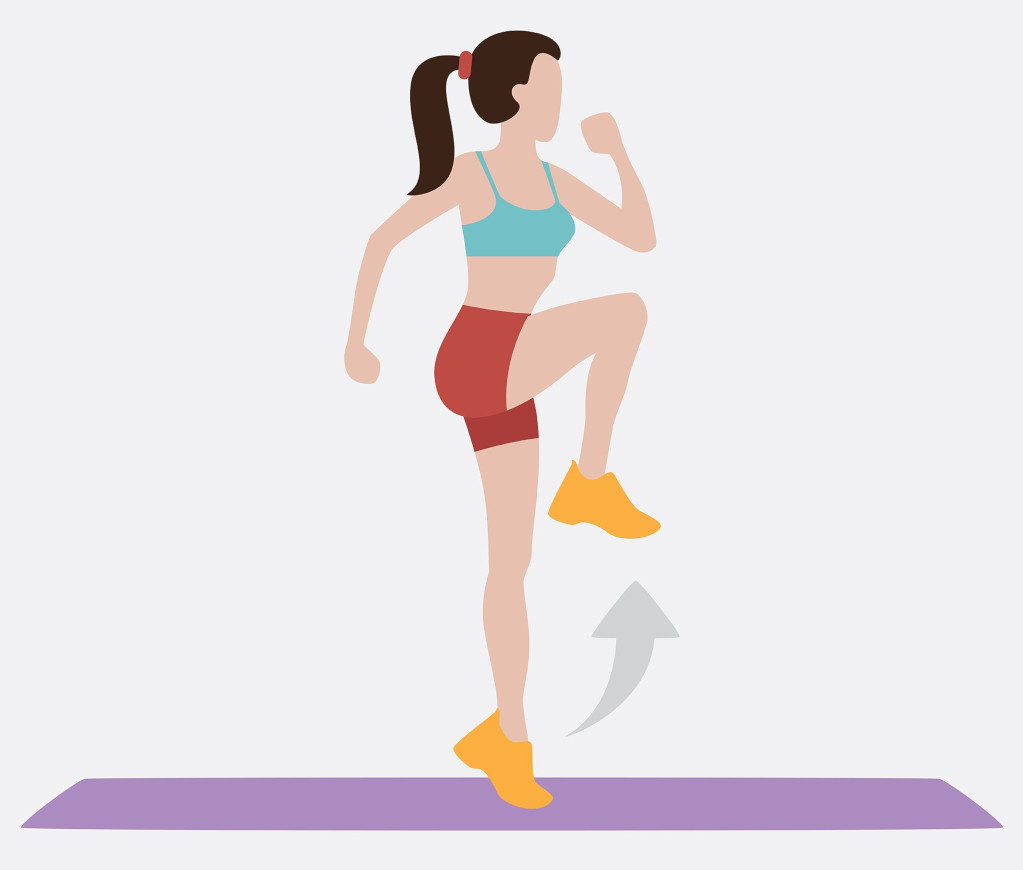
Since we spend a lot of time in a sitting position during quarantine, it is necessary to take care of the muscles of the legs and buttocks.
Starting at the bottom
Squats
Glute bridge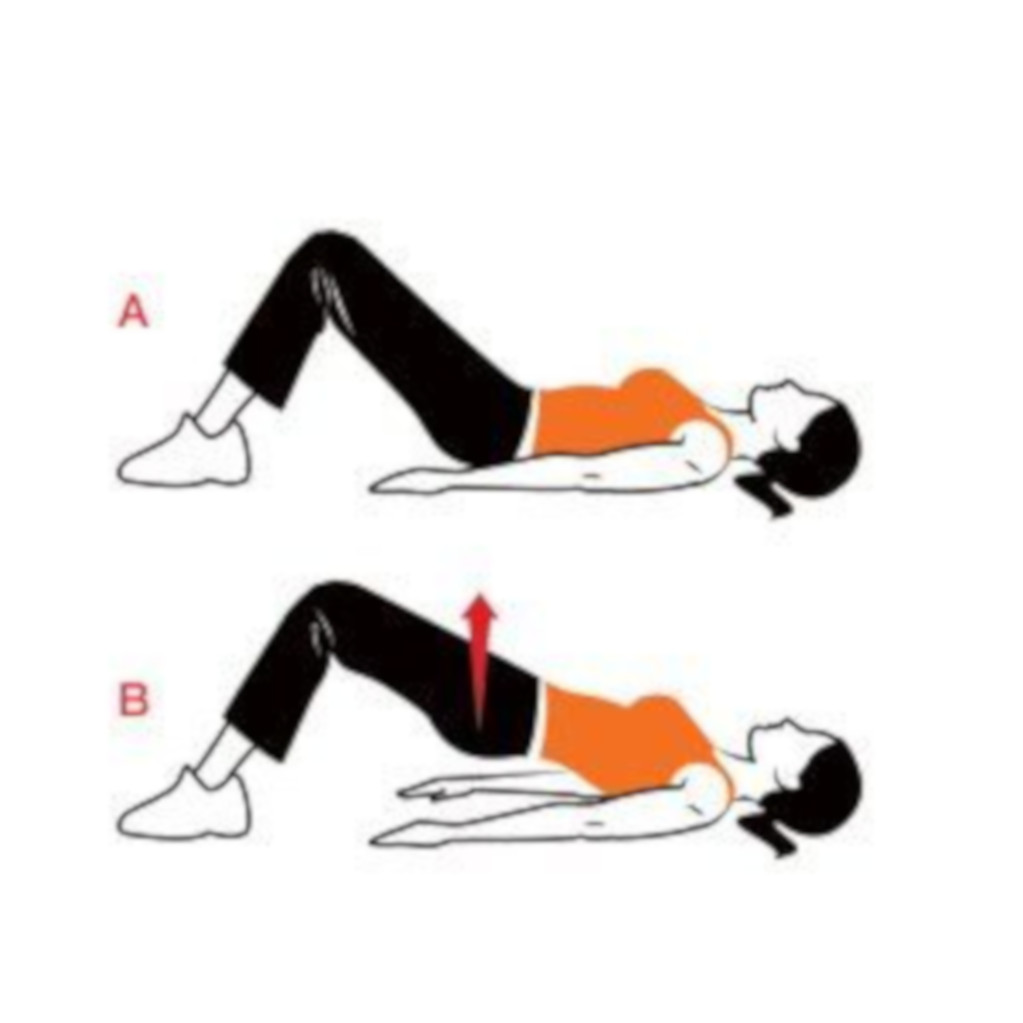
Calf raises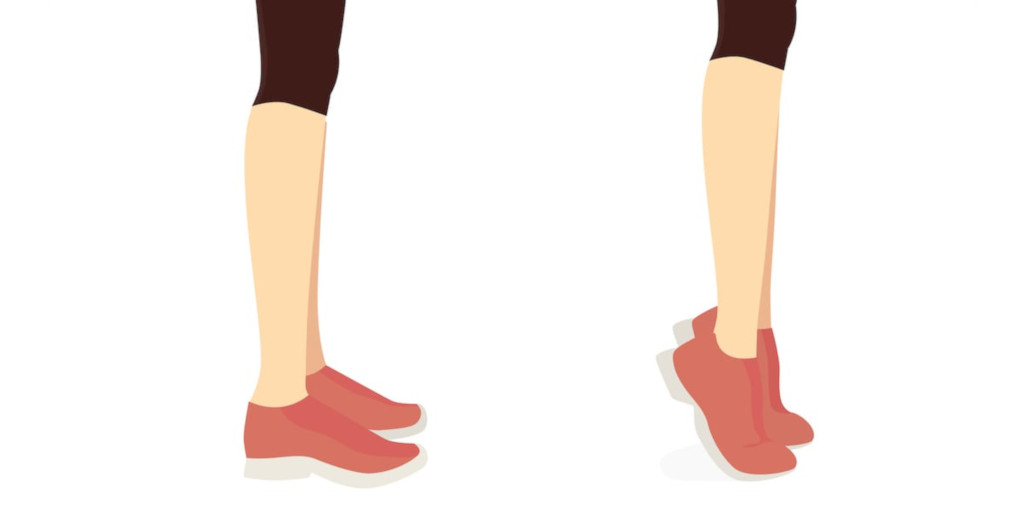
This is followed by one of the most important parts of the body – your core. Good stability and strength of the torso is the basis for quality training and other daily tasks.
Getting strong in the middle
Russian twists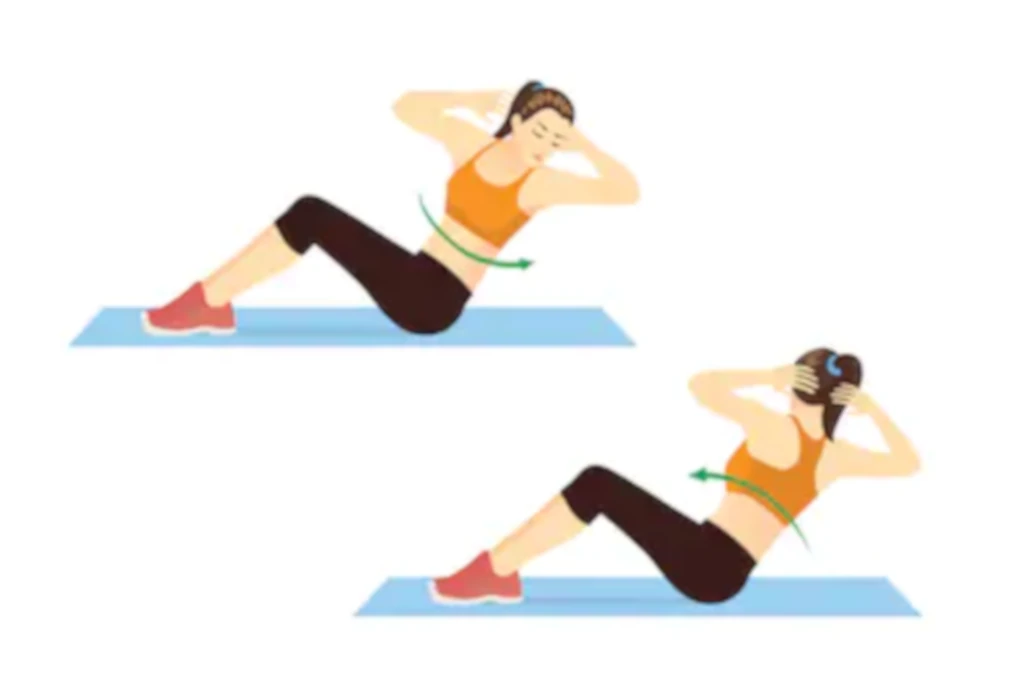
Back extension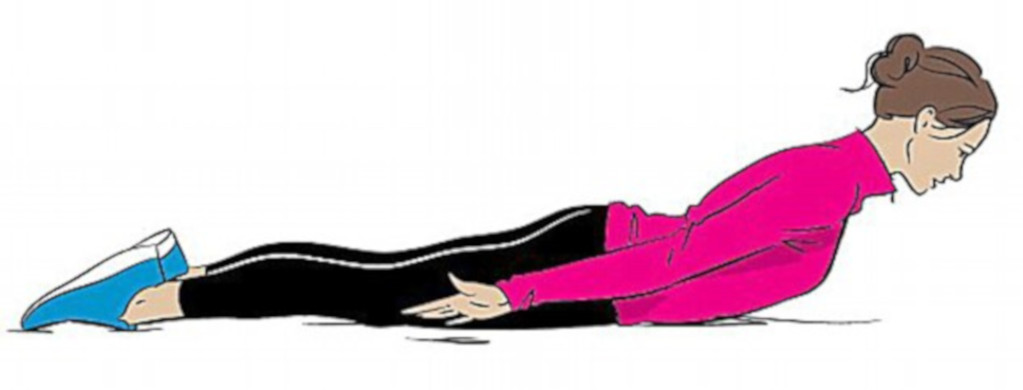
Plank
We are almost done, as we move to the last part of the workout. We will end the training with exercises for the arms and shoulders.
Arriving at the top
Push ups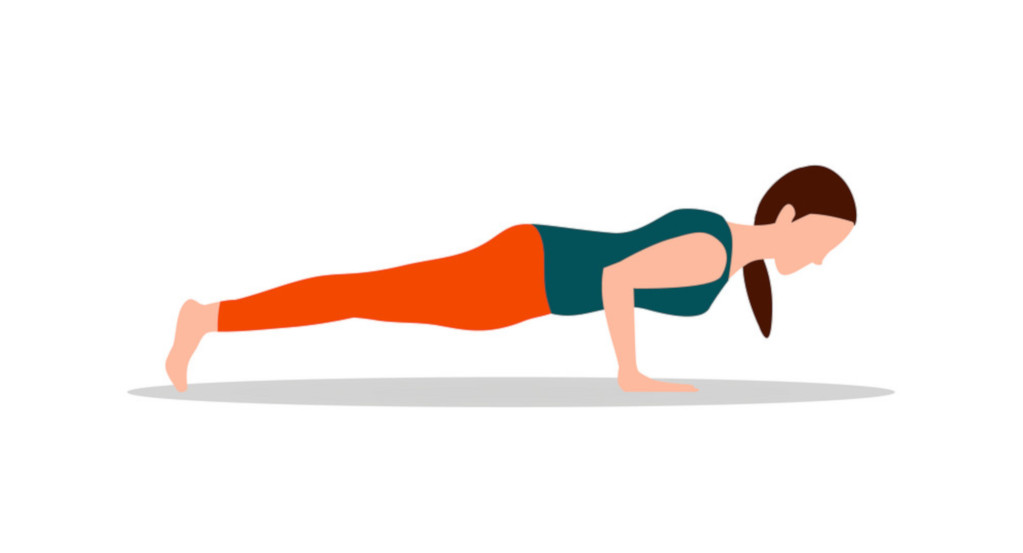
Triceps dips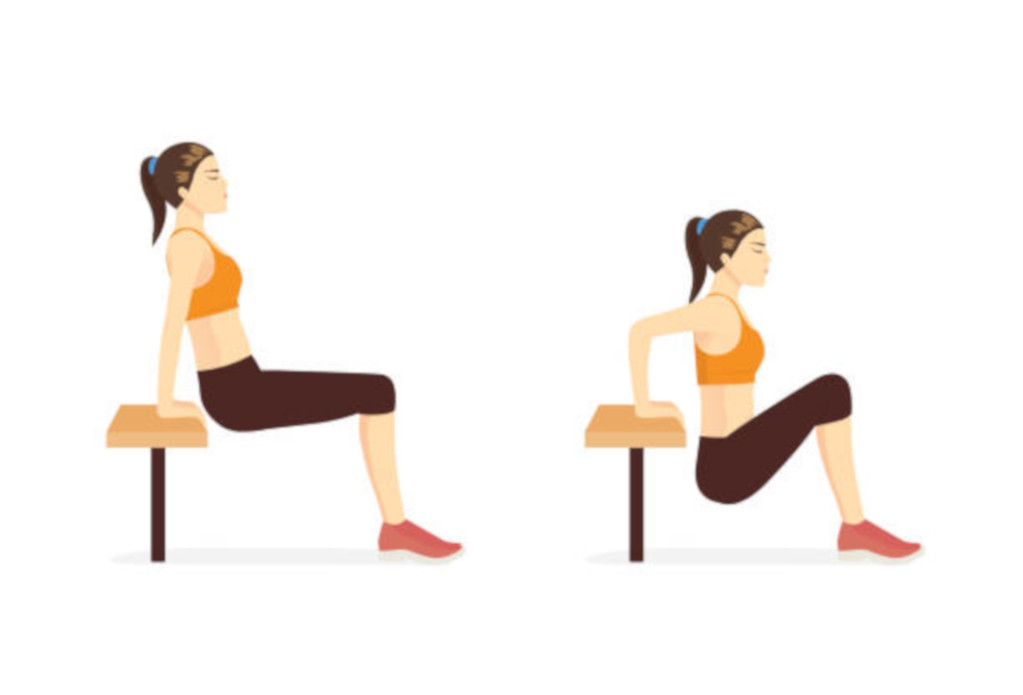
Inchworm
Once we have done all the exercises we can do stretching of the strained muscles.
All exercises are performed in 3 series of 15 repetitions, with the exception of the Plank torso stability exercise, which is performed 3 times for 30 seconds. During the series, a 30-second break is advised, which can be used to prepare for the next exercise. If the training is too easy for you, you can increase the number of sets or repetitions, while you can also add elastics or weights to individual exercises.
Note: Make sure you do the exercises correctly. Consider using online videos if you are unsure about the correct technique for any of the above-mentioned exercises.
Are you a student with an opinion? We are looking for new contributors for our student column every month. Feel free to contact stc@eusa.eu to offer a piece or propose a topic.
